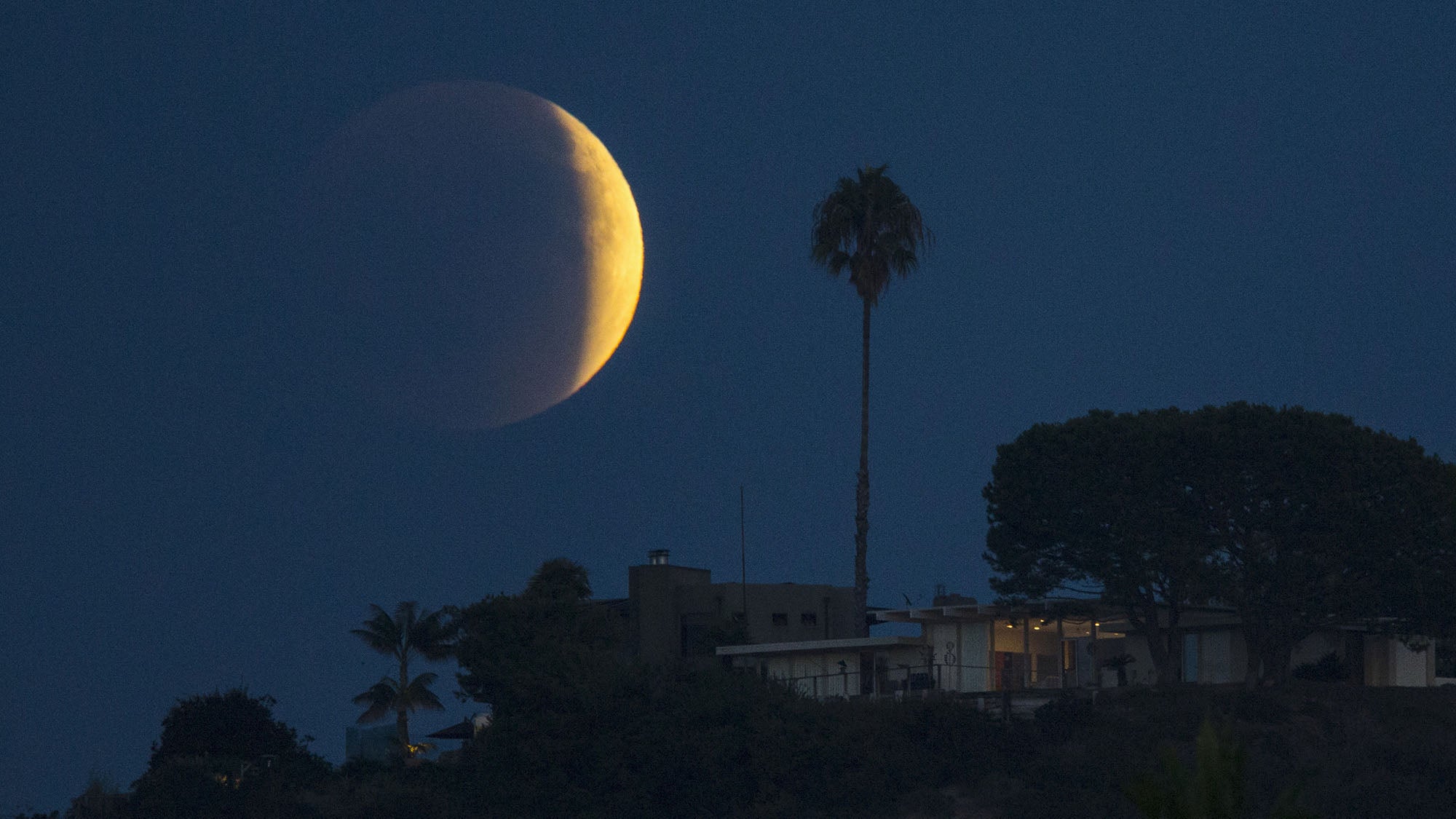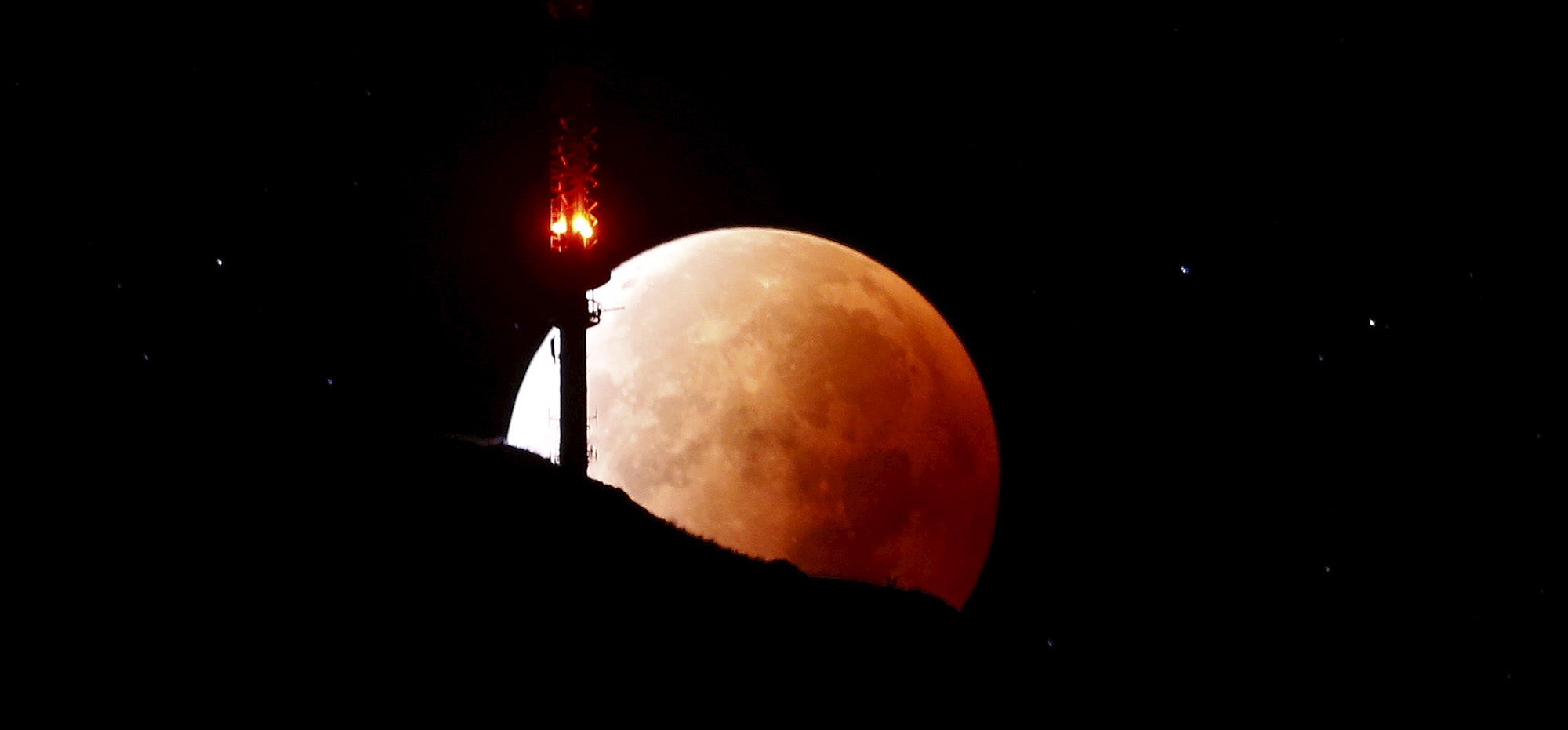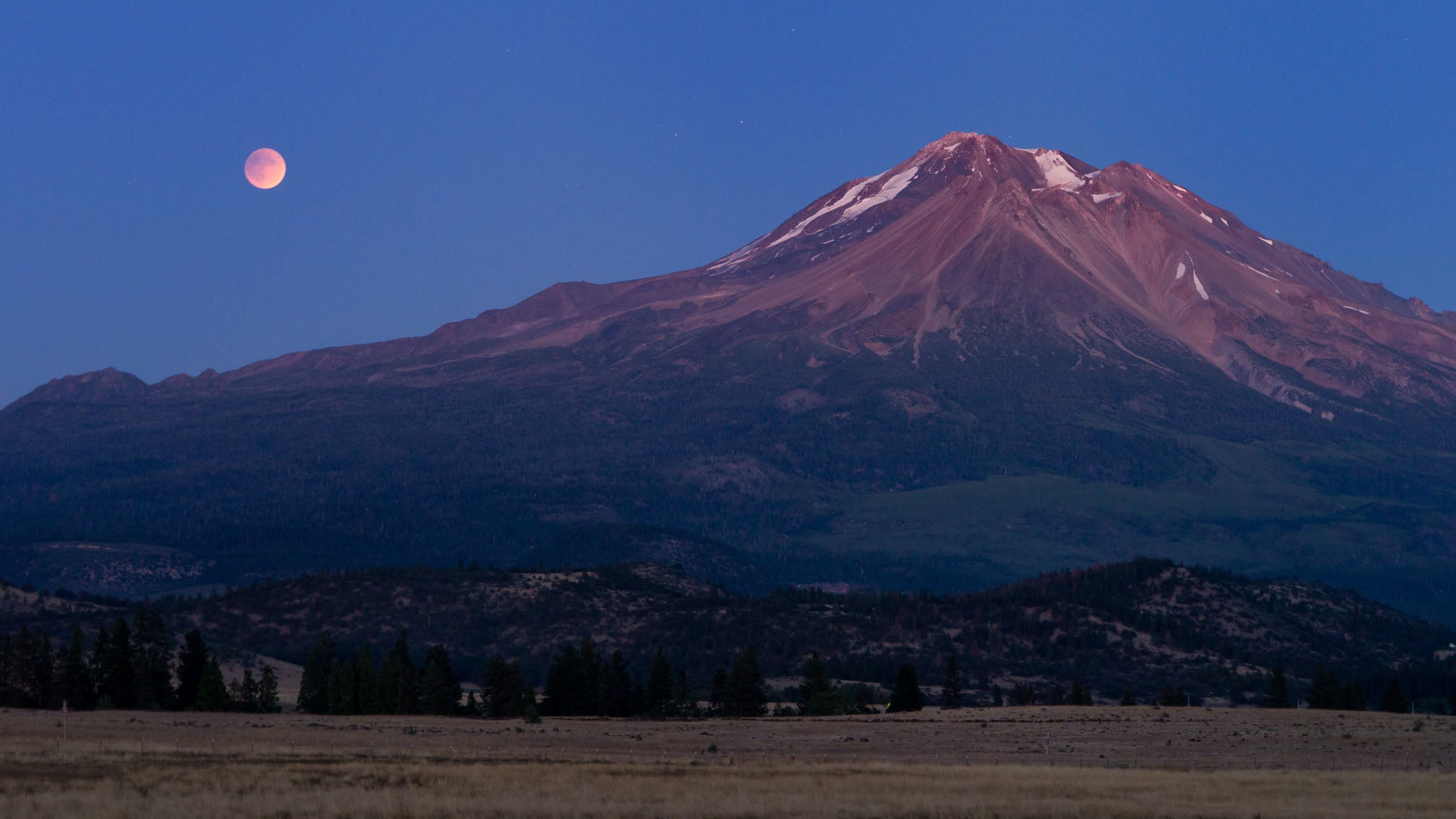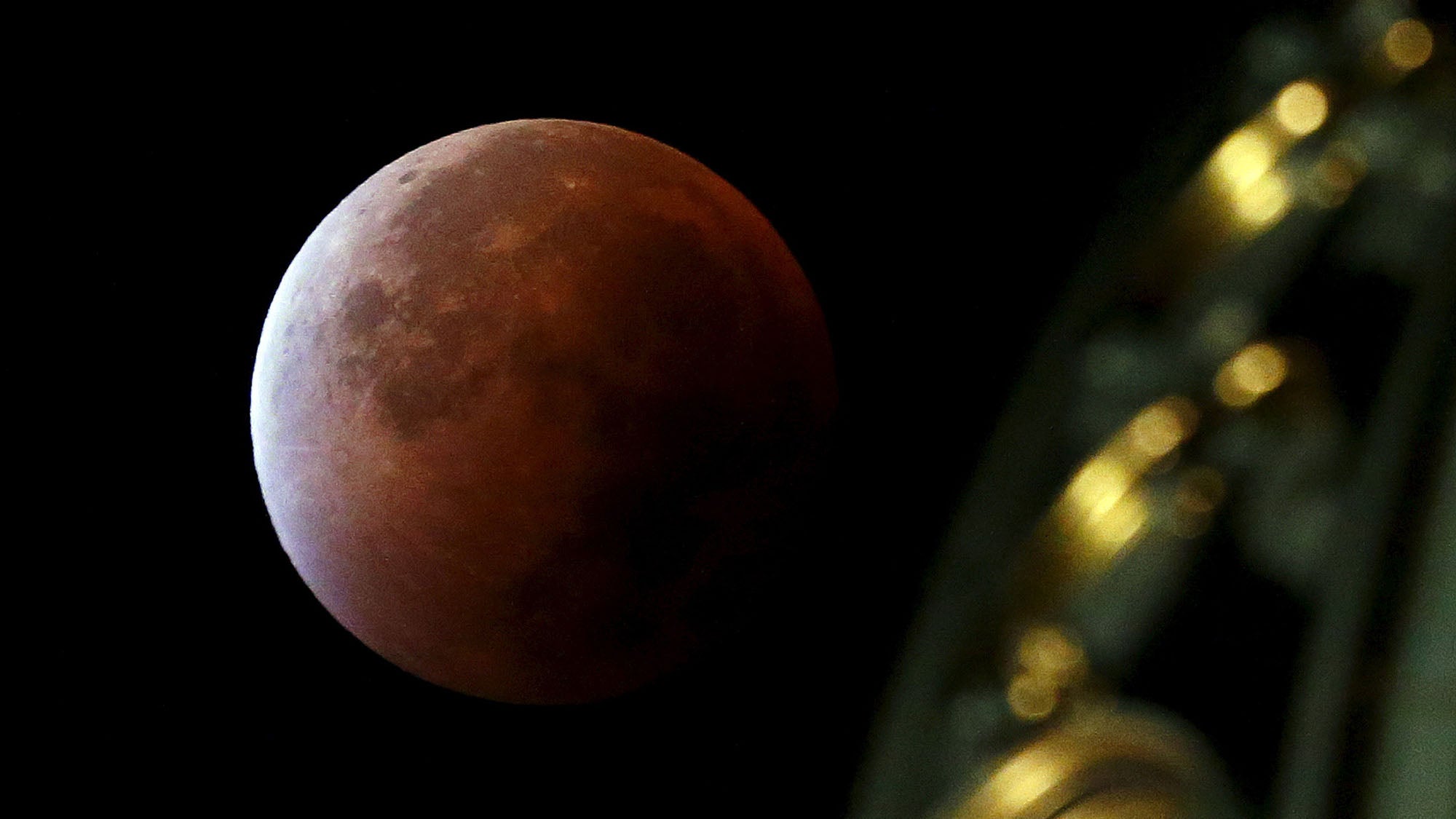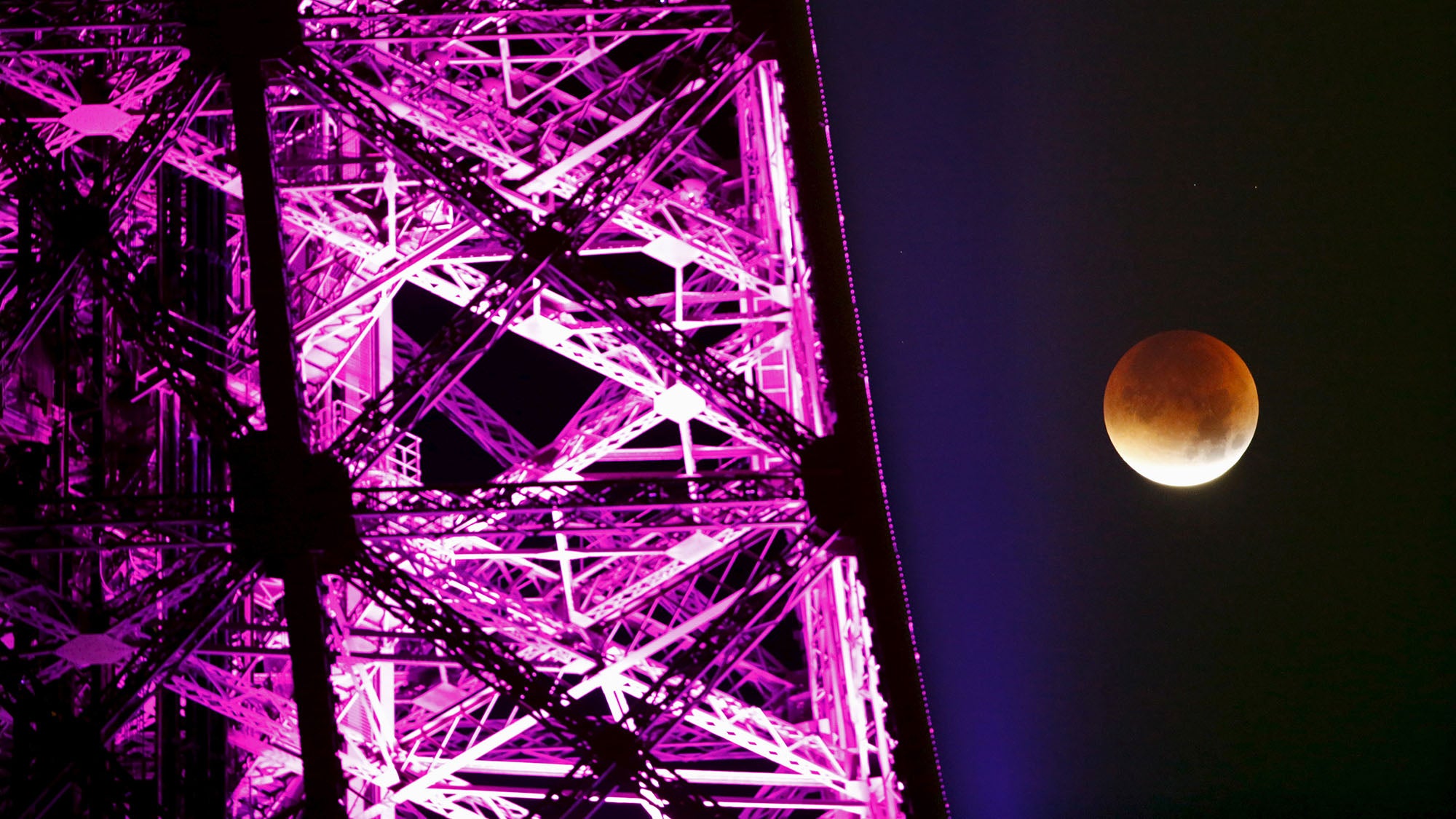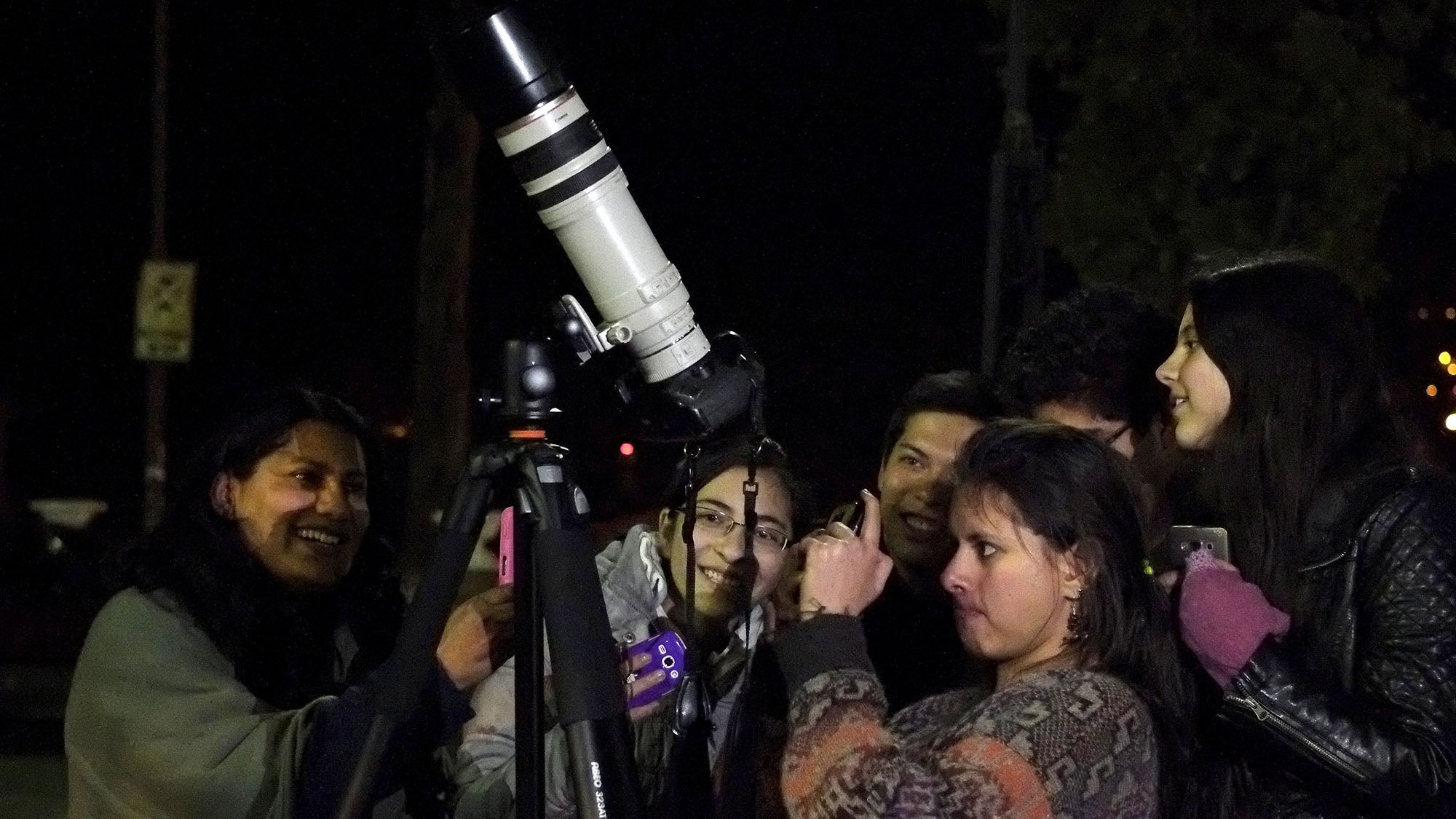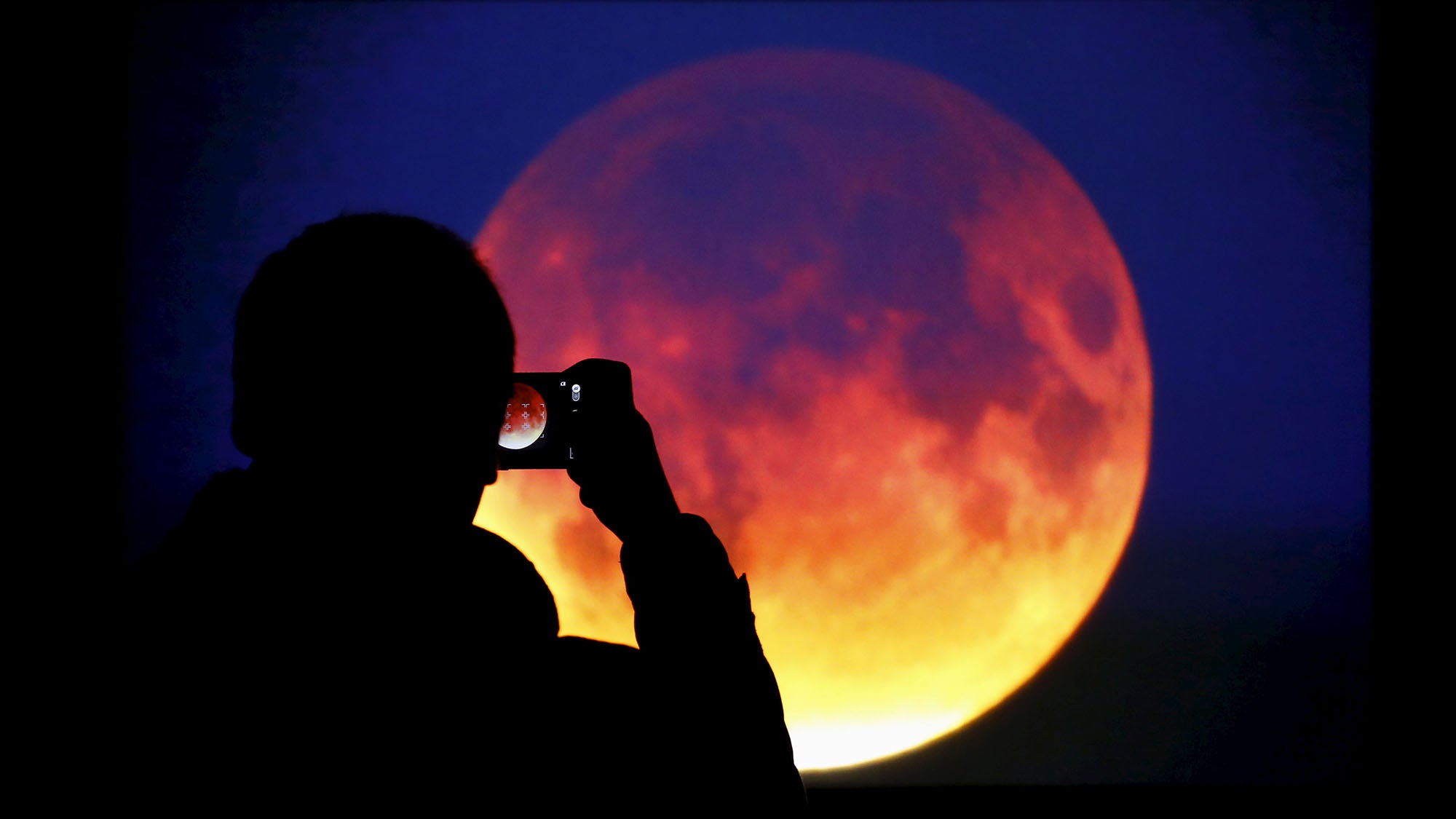Photos: A total lunar eclipse turned a supermoon blood red—for the first time in 33 years
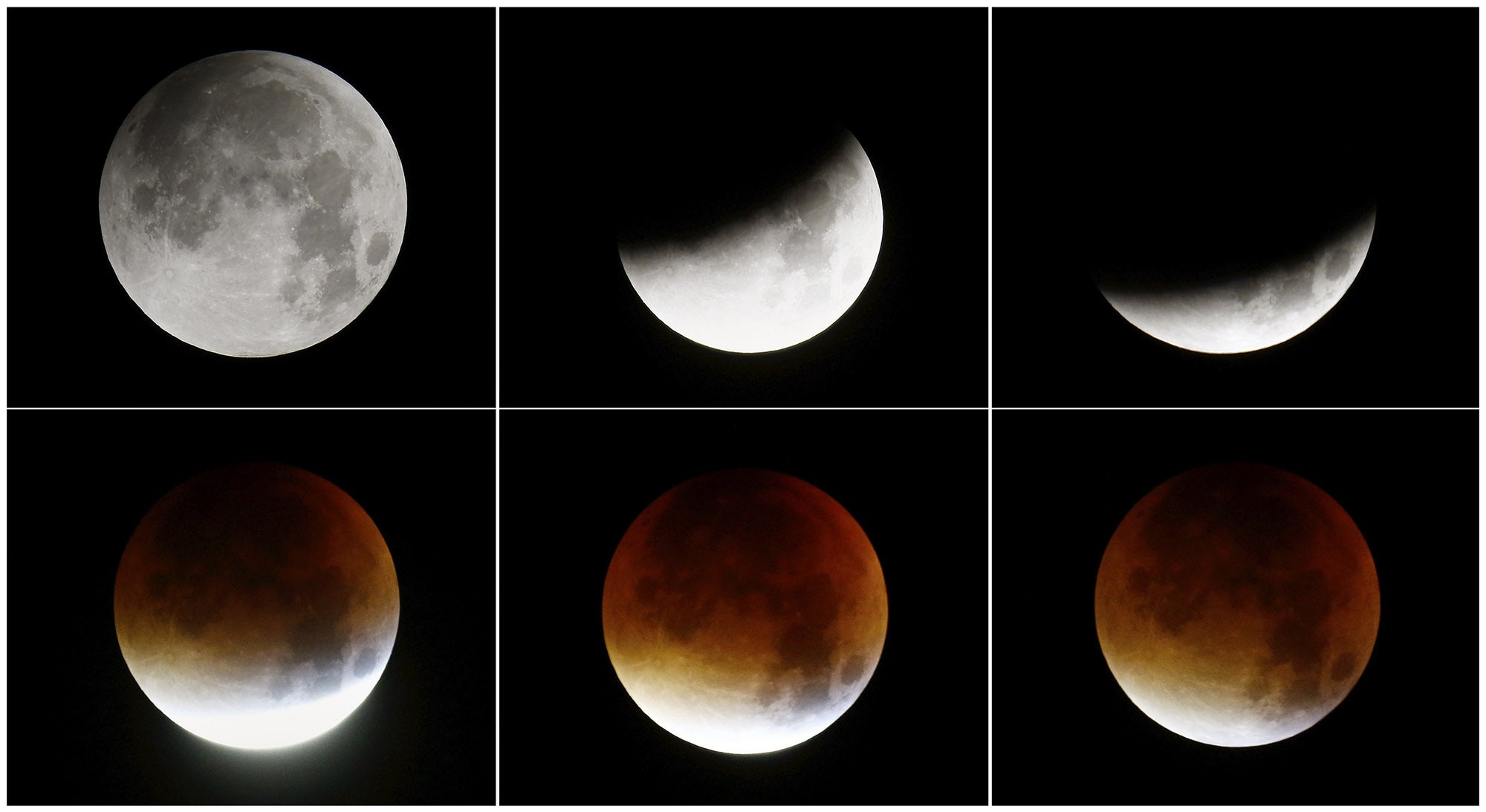

Half the world saw its skies go dark as Earth blocked the full moon’s main source of light on Sunday night (Sept. 27). But then the sunlight scattered through Earth’s thin atmosphere and made the moon turn blood red.
What the world saw was a rare phenomenon, termed the super blood moon. The last time it was seen was in 1982.
A supermoon is one where, because of its elliptical orbit, the moon finds itself at the closest distance to Earth and appears nearly 14% bigger than when it is at its farthest distance. A super blood moon occurs when, during its perigee, the moon undergoes a total eclipse.
The blood red color is the result of Rayleigh scattering. The process gives the sky its blue color, and it occurs because the many wavelengths of light that make up sunlight are selectively scattered by particles in Earth’s atmosphere. The shorter wavelengths on the violet side of a VIBGYOR rainbow are scattered more easily than the red side. So the moon turns red because that is the light that most escapes Earth’s thin atmosphere.
Unlike a solar eclipse, the lunar eclipse is an astronomical phenomenon that occurs at nearly the same time in all the parts of the world it is visible. Here is a selection of the best views seen around the world:
